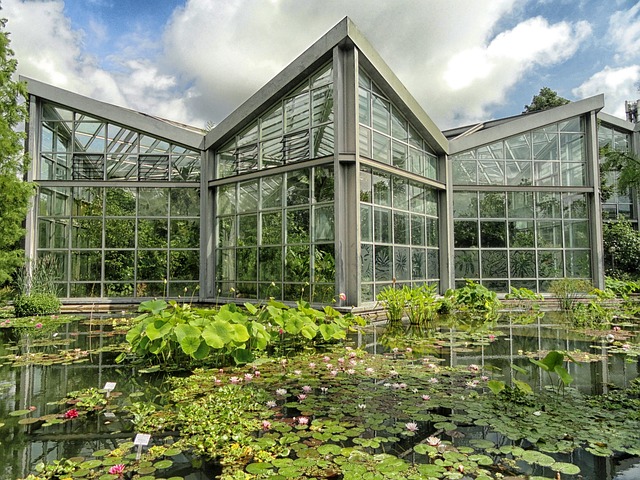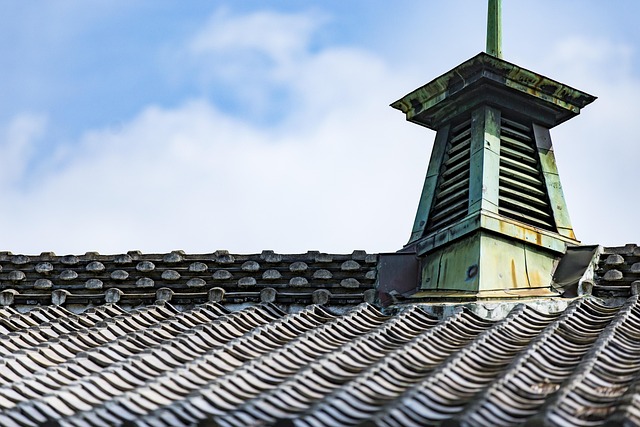The real estate industry is transitioning towards eco-friendliness due to climate change concerns, driven by consumer demand for sustainable living spaces. Developers and architects are exploring innovative materials like bamboo, recycled steel, hemp, flax, and cork to reduce the industry's carbon footprint, improve energy efficiency, enhance air quality, and minimize waste. This trend not only benefits the environment but also offers long-term economic advantages, making it a strategic and ethical choice in the Real Estate sector.
In today’s eco-conscious world, the real estate industry is undergoing a green revolution. The need for eco-friendly materials in construction has never been more pressing as we seek to lower our environmental impact. This article explores the growing importance of sustainable materials in real estate, delving into various types and their numerous benefits. We’ll also discuss how integrating green materials into design practices can lead to more environmentally conscious and resilient buildings.
The Need for Eco-Friendly Materials in Real Estate

The real estate industry, a cornerstone of modern societies, has long been associated with significant environmental impacts due to construction and material use. With growing awareness of climate change and sustainability, there’s an urgent need for eco-friendly materials in real estate to reduce these effects. Traditional building materials often contribute to high carbon emissions, deforestation, and pollution during extraction and processing.
Adopting sustainable alternatives not only minimizes environmental degradation but also offers long-term benefits. Eco-friendly materials can improve energy efficiency in buildings, reduce waste, and enhance air quality. As consumers become more conscious of their ecological footprint, the demand for eco-conscious real estate is rising. This shift encourages developers and architects to explore innovative solutions, ensuring a greener and more sustainable future for both the industry and the planet.
Types of Sustainable Materials and Their Benefits

In the realm of Real Estate, the shift towards eco-friendly materials is a game-changer, offering both environmental and economic benefits. Some notable sustainable materials include bamboo, a fast-growing grass that can be harvested without damaging its root system, making it an excellent alternative to traditional wood products. Another is recycled steel, which reduces the energy required for production compared to virgin steel and minimizes waste from mining operations.
Natural fibers like hemp and flax are also gaining traction due to their low carbon footprint and ability to improve indoor air quality. In addition, materials such as cork, a byproduct of wine production, provides excellent insulation while being renewable and biodegradable. These sustainable materials not only lower the environmental impact but also contribute to healthier living spaces, appealing to eco-conscious consumers in the Real Estate market.
Integrating Green Materials into Construction and Design Practices

The integration of eco-friendly materials in construction and design practices is a significant step towards sustainable development in the real estate sector. These green materials offer an array of benefits, from reduced environmental impact to improved indoor air quality. By adopting such materials, builders and designers can create structures that are not only energy-efficient but also contribute to a healthier living environment for occupants.
From recycled steel and wood to innovative biocomposites, the options are vast. These materials not only minimize waste and carbon emissions during production but also have longer lifespans, reducing the need for frequent replacements. As consumer awareness of environmental issues grows, there is an increasing demand for eco-conscious real estate options, making the integration of green materials a smart business decision as well as an ethical one.






